Bubble wrap
Bubble wrap
Bubble Wrap in Packaging
Bubble wrap is a popular packaging material used to protect fragile items during shipping and handling. It consists of a sheet of plastic with air-filled bubbles that provide cushioning.
How Bubble Wrap Works
The air-filled bubbles in bubble wrap act as a cushion. They absorb shock and prevent damage to items. When an item is wrapped in bubble wrap, the bubbles distribute the impact evenly.
Types of Bubble Wrap
There are different types of bubble wrap available. Some have small bubbles, while others have larger bubbles. The size of the bubbles can affect the level of protection.
Uses of Bubble Wrap
Bubble wrap is used in various industries. It is ideal for shipping electronics, glassware, and other delicate items. It is also used for storage and moving purposes.
Environmental Impact
While bubble wrap is effective, it is made of plastic. This can have an environmental impact. Some companies offer biodegradable or recyclable bubble wrap as an eco-friendly alternative.
Conclusion
Bubble wrap is a versatile and effective packaging material. It provides excellent protection for fragile items. However, consider eco-friendly options to reduce environmental impact.
Blog Posts with the term: Bubble wrap
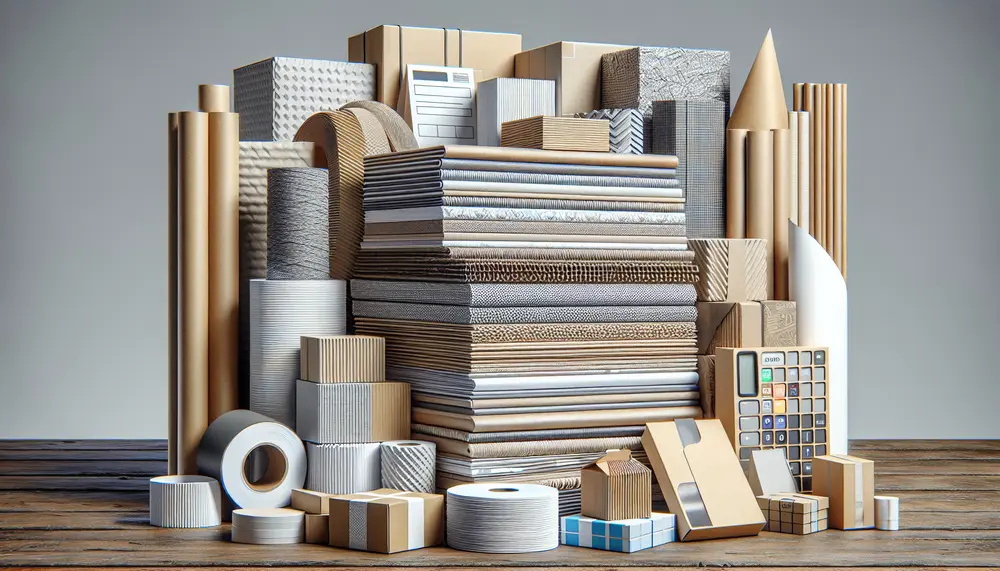
Duplex paper is a two-layered packaging material known for its printability and structural integrity, widely used across industries due to its visual appeal and sturdiness. It's also eco-friendly, being recyclable and often made from sustainable sources. Advancements in duplex paper manufacturing...
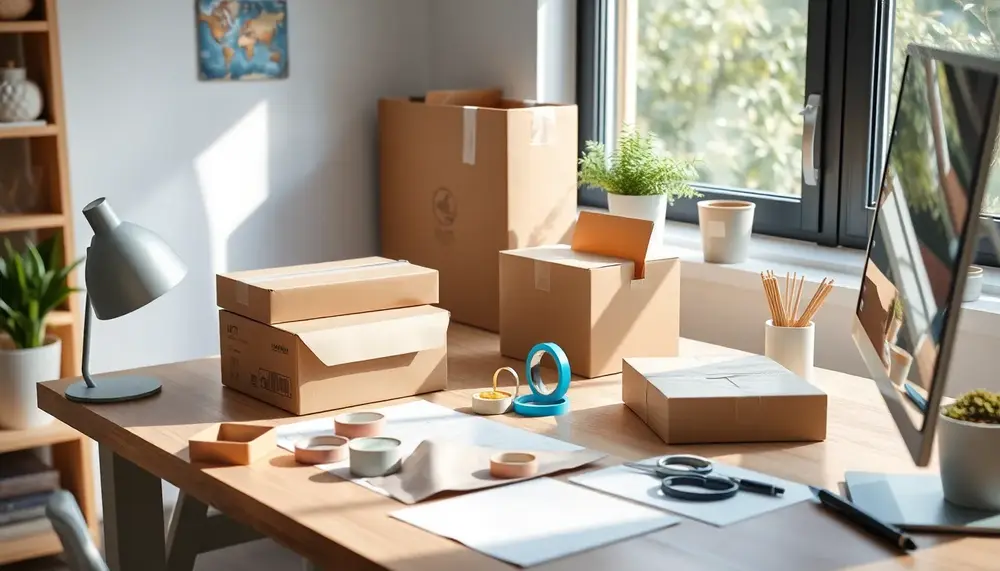
Remote packaging jobs offer flexible, home-based opportunities driven by e-commerce growth, requiring minimal qualifications and catering to diverse skill levels. These roles provide cost savings, autonomy, and steady demand but may involve challenges like repetitive tasks or managing distractions at...
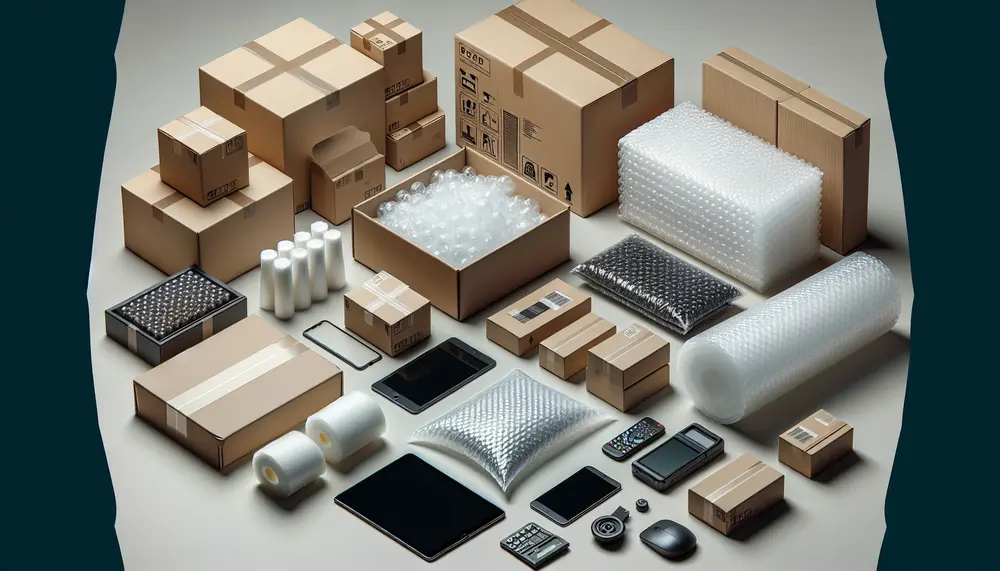
Effective electronic packaging is essential for protecting devices during transport and storage, impacting customer satisfaction and brand reputation. A guide to materials like plastic cushioning, thermoformed plastics, shielding bags, foams, and desiccants helps in selecting the right protection based on...

Protective packaging involves materials and methods to safeguard products from damage during shipping, handling, and storage. It is crucial for maintaining product integrity, reducing costs associated with returns and replacements, ensuring compliance with regulations, protecting against environmental factors, enhancing customer...
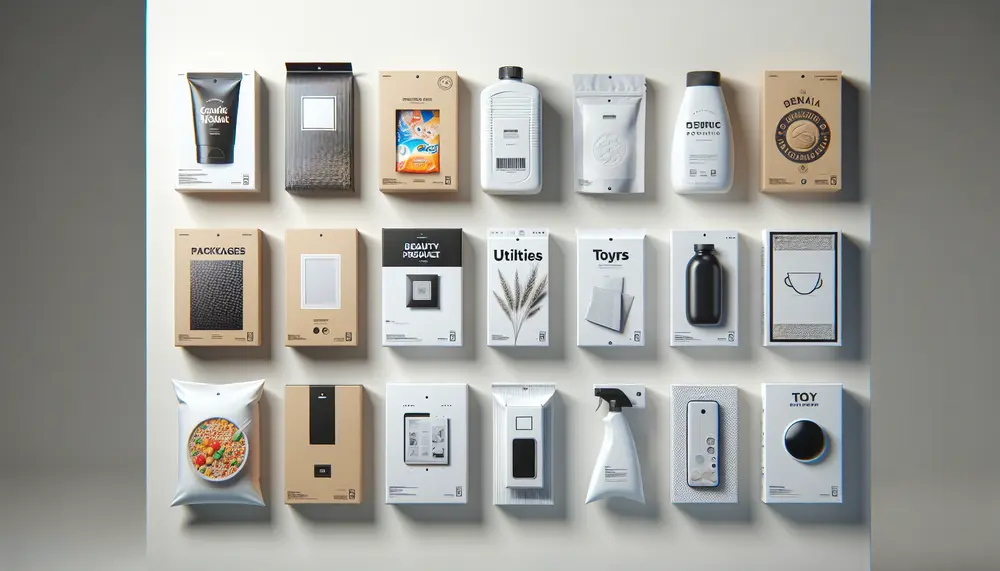
Packaging plays a critical role in first impressions, influencing consumer perception and purchasing decisions within seconds by conveying brand identity and evoking emotions. Design elements like clarity, typography, imagery, consistency, and functionality are key to creating packaging that is both...
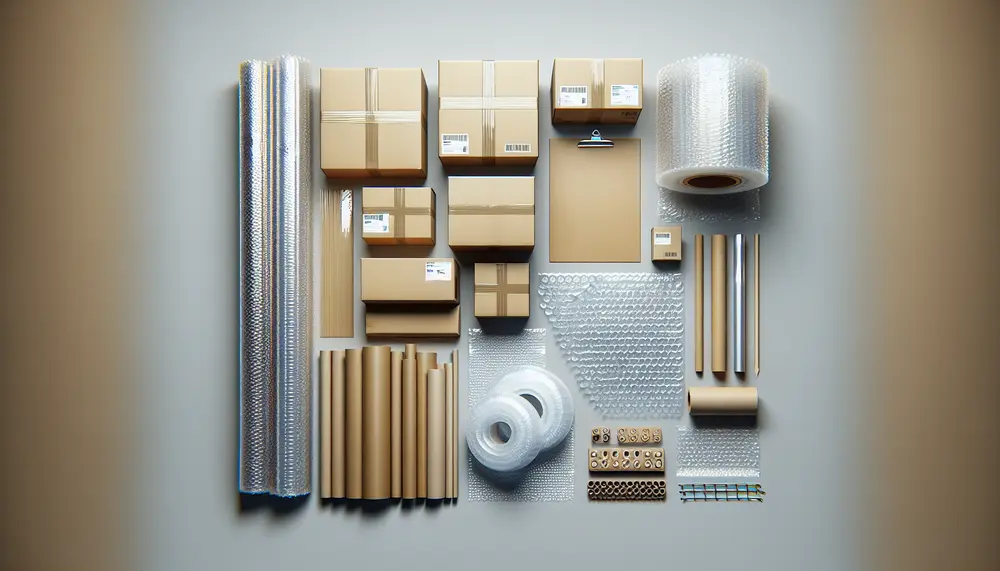
Packaging hazards pose risks to product safety during transportation and storage, stemming from physical damage, environmental conditions, and human error; addressing these requires a comprehensive design strategy. Shipping hazards are categorized into shock damage, vibrations, compression forces, and atmospheric conditions;...
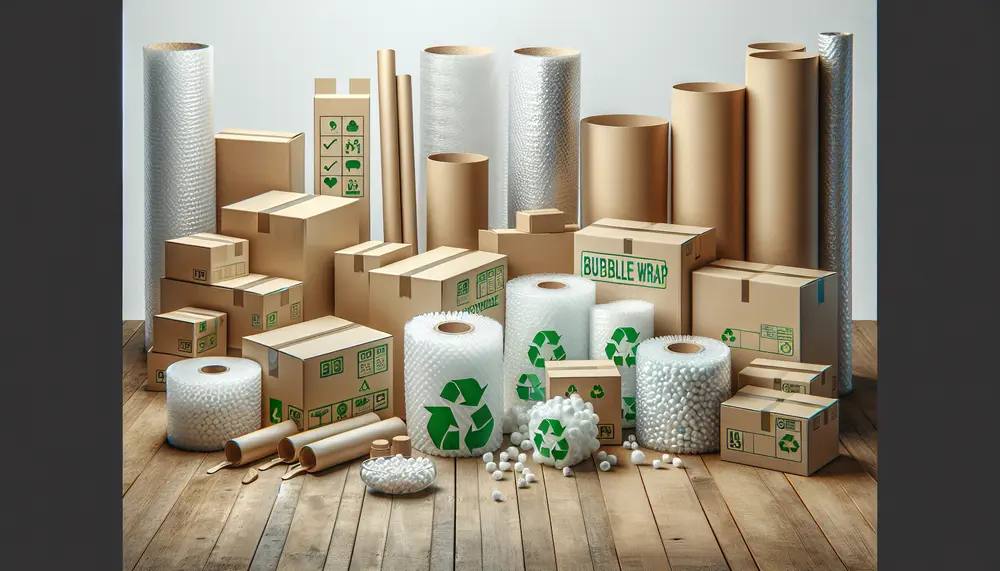
Packaging solutions in New Zealand are essential for product integrity, safe distribution, and brand identity; they must be durable for long transits and increasingly sustainable to meet consumer expectations. Quality packaging is crucial as it protects goods during shipping, enhances...
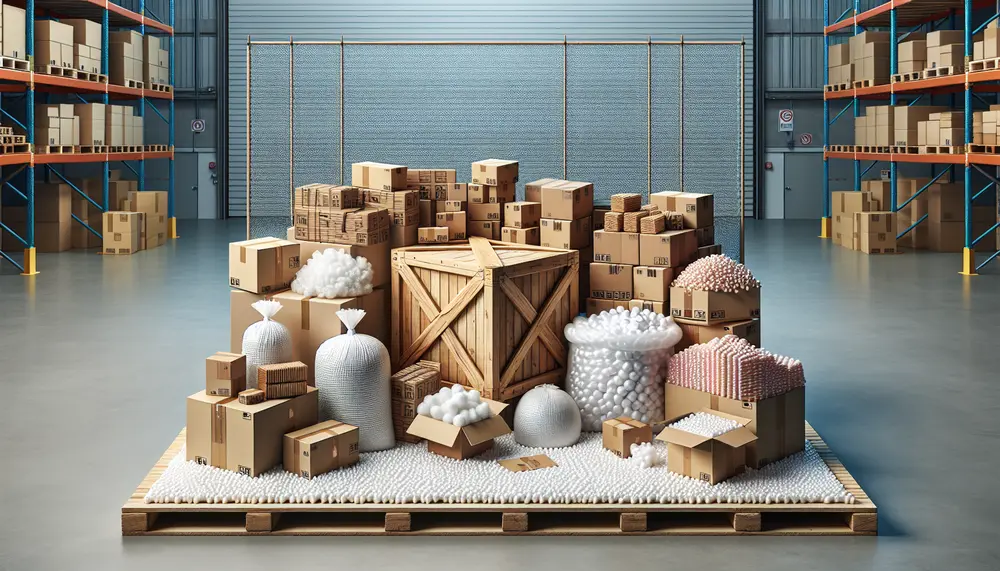
Packaging and packing are distinct processes in goods transportation; packaging focuses on product protection and presentation, involving design for brand identity, while packing is about enclosing products for safe distribution. Primary, secondary, and tertiary packaging provide different levels of protection...

Packing peanuts are used in packaging to fill empty spaces, prevent movement, and absorb shocks during shipping. They come in various materials including Styrofoam and eco-friendly options like biodegradable starch-based peanuts, with TOTALPACK® offering high-grade reusable types. The environmental impact of...

Protective packaging and materials handling are essential in logistics to ensure products reach their destination undamaged, optimizing efficiency and reducing costs. By implementing best practices such as choosing the right materials, using cushioning, securing packaging, clear labeling, testing packaging durability,...
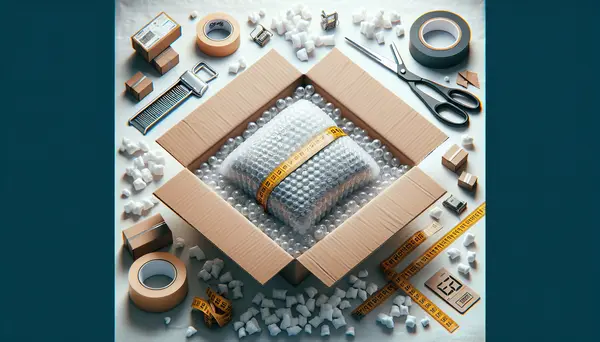
The text emphasizes the importance of proper packaging in successful sales, enhancing brand perception and creating a memorable unboxing experience for customers. It discusses various aspects such as choosing the right material, considering size and weight, securing items for shipment,...

Packaging plays a crucial role in protecting products, preventing waste and contamination, extending shelf life of perishable goods, as well as marketing and branding. When choosing packaging for your product, it's important to understand the product properties and target audience...
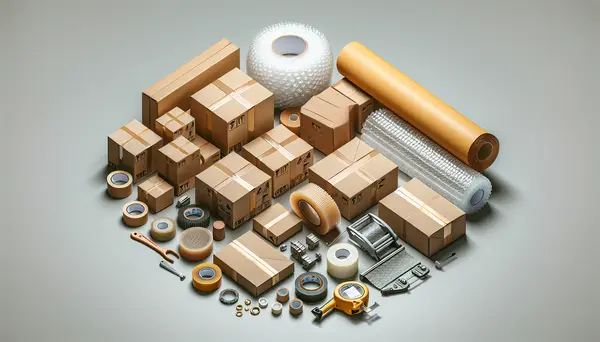
The article emphasizes the importance of packaging for small businesses, highlighting its role in branding and customer engagement. It also provides guidance on choosing affordable packaging solutions, selecting a reliable supplier, and maximizing budget without compromising quality or effectiveness....
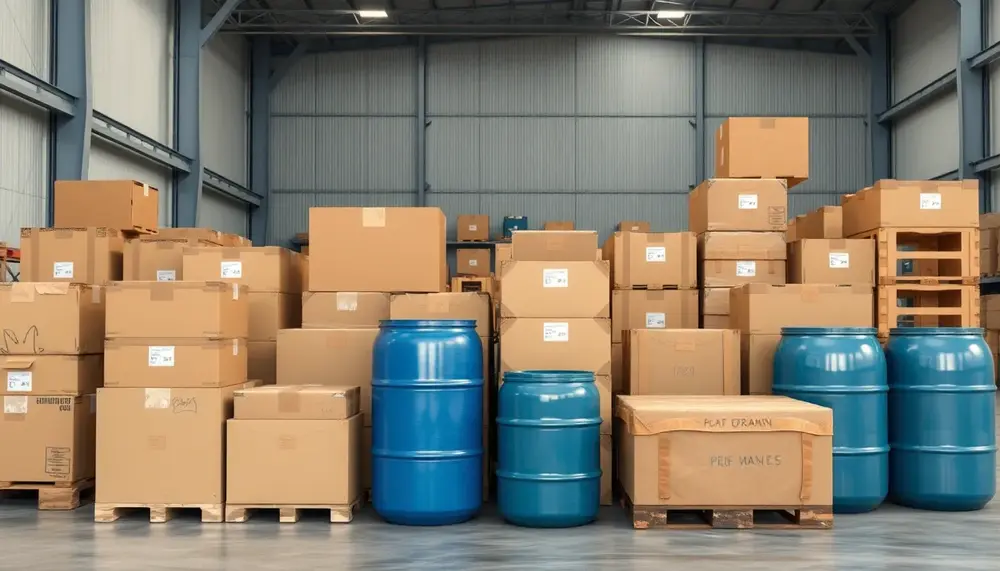
Bulk packaging is a crucial component of logistics, focusing on efficiency and cost-saving by using large containers like IBCs, drums, and pail buckets to transport substantial quantities of goods safely. It involves selecting the right materials—such as fiberboard boxes or...

Packaging in the USA market is essential for brand strategy, influencing consumer behavior and ensuring product protection. Trends like smart packaging, personalization, sustainability, and minimalist design are shaping the industry's future. Sustainable packaging enhances brand image but may incur higher costs...
